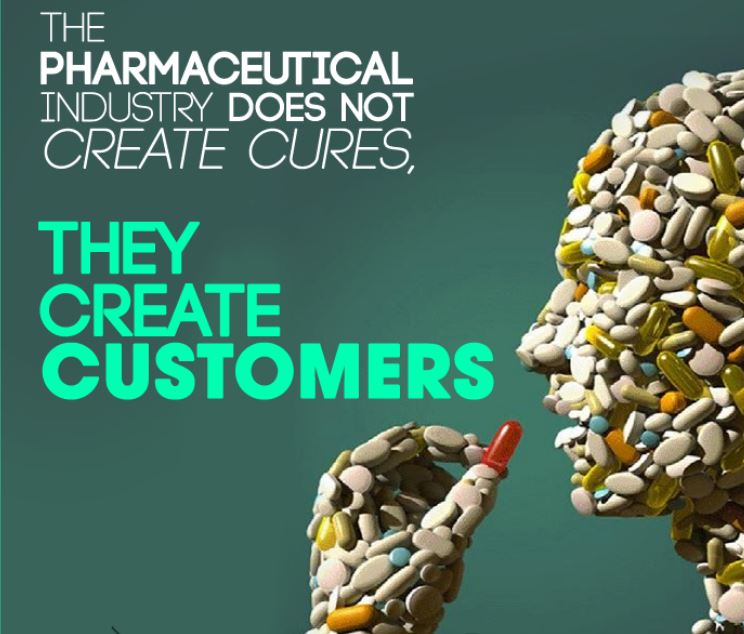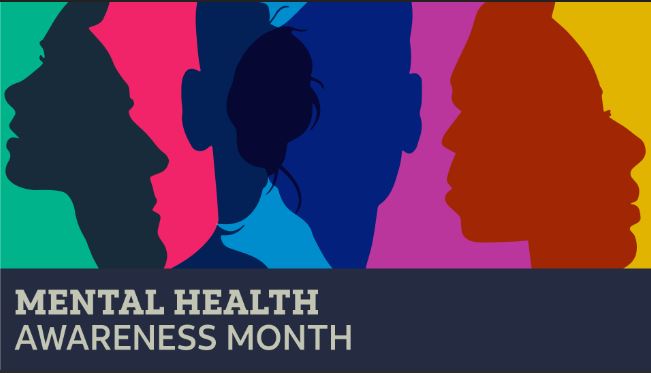He was just 11 years old when his mother left. Family members told him she had gone to a seaside resort, but gave no other explanation or anticipated date for her return. After his father started a new family, it became clear that his mom wasn’t coming back. At one point, he was told she was dead.
At age 30, Grant learned that his mother was still alive and that she had been institutionalized at the Bristol Lunatic Asylum after suffering “mania” and had been there ever since. He arranged for her discharge and cared for her for the rest of her life, although they could never rekindled the close relationship they’d once had.
One of Hollywood’s greatest leading men always felt uneasy by the disconnect he felt between his public image and a nagging internal emptiness, and it wasn’t until his third wife encouraged him to begin experimenting with LSD under the supervision of his physician, Dr. Mortimer Hartman. With over 100 LSD therapy sessions over the course of three years though, Grant said he was able to confront and overcome the unconscious motivation that undermined his marriages, mainly sorrow and anger over his childhood. He credited Dr. Hartman’s treatment for helping him understand how his mother’s disappearance had triggered a self-sabotaging pattern of relationships.

LSD was extensively investigated in humans in the 1950s and 1960s and was shown to attenuate depressive symptoms. Clinical research with LSD ended in the 1970s due to regulatory restrictions but its use for personal and recreational purposes continued.
Cary Grant was ahead of its time, since he was experimenting with LSD and digging through his childhood trauma long before it became popular, and his quote resonates with many people who have undertaken the arduous and difficult job of healing the consequences of family trauma.
Often, people will attend years of therapy and see little difference, because they are still living in the same environment that cause them to learn maladaptive behavioral patterns in the first place. There are many cases of people who are getting better, but have to deal with opposition from their family members who strongly resist the change, even when it’s for the better. It’s not done on purpose. A change is never easy, but they are so used to the (unhealthy) family dynamics or having a “scapegoat” in the family, that they shame and guilt-trip the person who is couragous enough to break the cycle.
A lot of times, people suffering from mental health problems, are often just exhibiting the symptoms of the sickness of the entire family, even though other family members seem to be functional adults with no obvious “problems”. In fact, it is safe to say that there is rarely just one member of the family suffering from mental unwellness as these relationships are so intertwined that a sickness in one person somehow spreads to the other family members. This is something that has only recently started being accentuated by psychologist, since there is a very strong social conditioning present in our society where the family is “sacred”.
We should not forget that while we belong to a family, our mental health belongs to us and no one – not our parents, siblings, children, partners, friends or co-workers – have the right to keep us stuck on our path to recovery. Sometimes, moving away is the only way for us to start healing and learning a healthier way of communication. If we are lucky, life will bring into our lives a substitute father or mother figures that will at least partially fill a hole so known to those with emotionally unavailable parents and show us that a different way of doing things is possible. If we are wise, one day we will be able to rise above our past and forgive those closest to us for all the caused pain. That doesn’t mean we are responsible for healing the whole family, but the change starts with ourselves and the boundaries we put in place, which enable us to keep those relationships, but let go of the pain.

This t-shirt is made of 100% organic, ring-spun, combed cotton, which is a warm, flexible, stretchy, and very comfortable fabric, making it a popular choice for the layer worn closest to the body. This cotton is grown without the use of pesticides, herbicides or other chemical fertilizers, and is simply awesome. The garment is sewn around the edges with a narrow double topstitch, making it long-lasting and durable. The ribbed collar allows the shirt to stretch as it is put on, but afterward the collar goes back to its original size, leaving a well-fitted tee.






